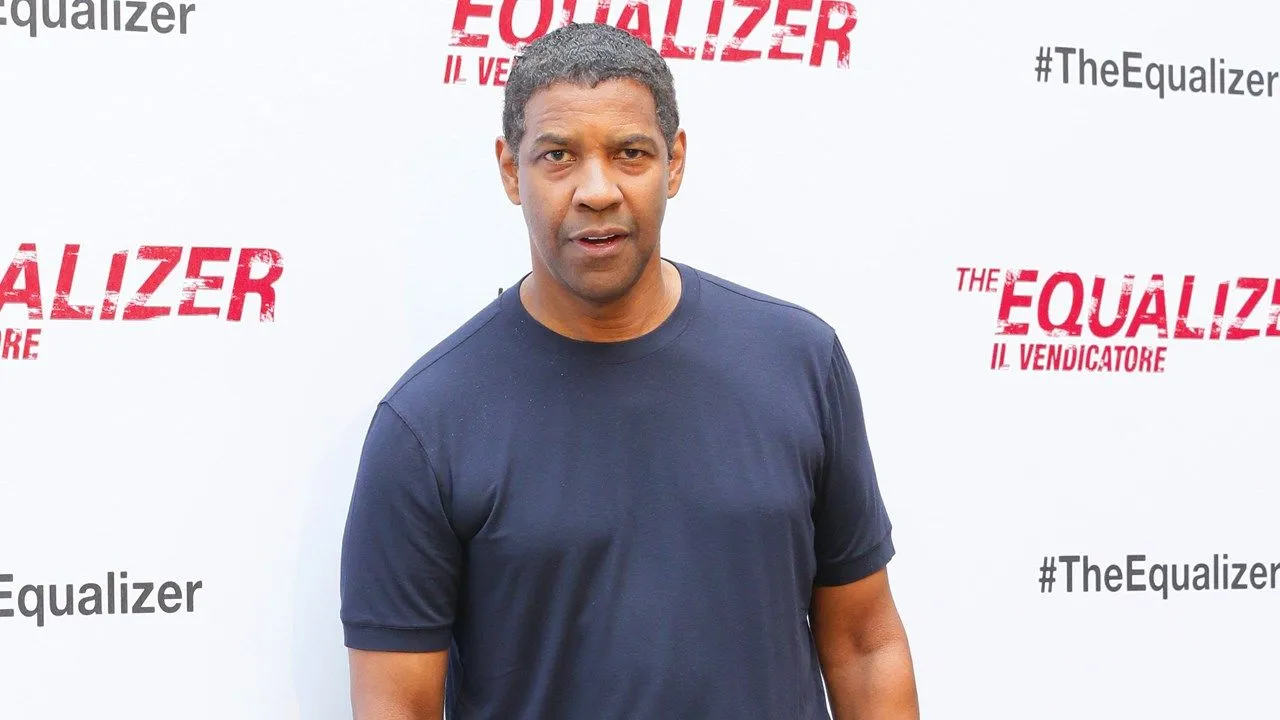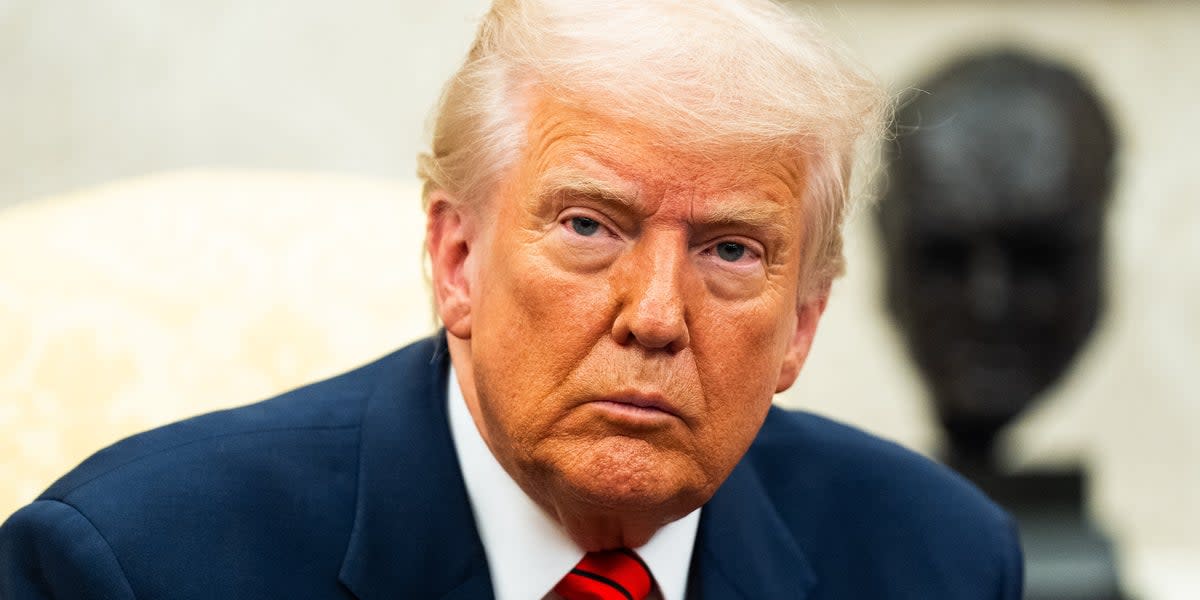Photos: YouTube
A peace agreement between the Government of Ethiopia and the Tigray Peoples Liberation Front (TPLF) was signed in Pretoria, South Africa on November 2, 2022.
This agreement was mediated by the African Union (AU) special envoy, former Nigerian president Olusegun Obasanjo and was arrived at with the active participation and pressure by the United States on both parties to the conflict.
This welcome news comes on the eve of the two-year anniversary of ignominy for the international community, an anniversary it would rather forget as it is a reminder of its dastardly silence over a genocide in Tigray on its watch. To understand the challenges facing this agreement, it may be necessary to have a brief review of the course of the war during the two year period.
It was on July 9, 2018 that the leaders of Ethiopia and neighboring country Eritrea, Abiy Ahmed and Isaias Afeworki, respectively, made a pact to destroy the TPLF for whom they harbored a shared hostility. This pact was sold as a peace treaty between Ethiopia and Eritrea, traditionally enemies who had fought bitter wars. The deal won wide spread global congratulations for Prime Minister Abiy and led to the Nobel Peace Prize award. When the planning for the true agenda was set, the combined armed forces of Ethiopia and Eritrea along with the special forces and armed militia from the adjoining Amhara State invaded the regional state of Tigray on November 4, 2020.
Months of demonization and hate-mongering against TPLF and Tigrayans by government media outlets and their supporters preceded the invasion. What was touted as a mere “law enforcement” operation with a mission to apprehend leaders of TPLF that would be over in a couple of weeks has now lasted 104 weeks as a full-fledged war. The brief occupation of Tigray by Ethiopian and Eritrean defense forces and their Amhara allies shocked the world by its depraved brutality; massacres, extrajudicial killings, gang rapes, systematic looting and destruction of the region’s health, educational, agricultural and industrial infrastructure. Food and medicine were withheld as war tactics. Satellite images and eye witness reports by humanitarian organizations showed that war crimes and crimes against humanity were committed on a grand scale.
Abiy Ahmed kicked out all foreign humanitarian agencies and imposed a total communications blackout in the region. Ultimately, Tigray Defense Forces (TDF), a new force created from volunteers eager to stop the abuse and veterans of the past army, mounted a successful counter-offensive pushing the Ethiopian and Eritrean troops out of much of Tigray and beyond. A ceasefire was agreed to by both sides on March 24, 2022 to allow humanitarian assistance to Tigray. By this time, a Ghent University research indicated that as many as 500,000 Tigrayans had perished as a result of starvation and lack of medicine in addition to civilian casualties from the war. The ceasefire lasted five months during which time only a trickle a mere 10-15% of the needed food and medicine made it to Tigray. In the meantime, the government of Ethiopia embarked on a buying spree of weapons, especially drones from Turkey, Iran and China. One million new recruits were added to the depleted Ethiopian National Defense Forces.
Abiy, the Ethiopian prime minister who presents himself as protector of Ethiopia’s sovereignty had no qualms about placing the once proud and formidable Ethiopian national army under the command of Eritrean generals to launch the latest large scale offensive that began on August 24, 2022. Ethiopian Airlines, which had a reputation of being one of the world’s best organization, has been ferrying troops and materiel to Asmara, the Eritrean capital, in contravention of the Chicago convention on civil aviation.
Heavy artillery shelling, air strikes by Ethiopian and Eritrean air forces and drones, deliberately targeting civilians and civilian institutions in major cities in Tigray along with several mechanized and infantry units trying to penetrate the heavily defended borders of Tigray using WWI human wave tactics may have paid off at last when TDF forces withdrew from the major cities in Tigray, sparing further civilian casualties. Unconfirmed leaked documents from Ethiopian Department of Defense indicate that as many as 800,000 Ethiopian troops may have died in this war. More than one million Tigrayans are internally displaced, some 800,000 driven out of their homes in Western Tigray and replaced by 200,000 Amhara settlers. Tigray sources show that 120,000 Tigrayan women were victims of sexual violence by Eritrean, Ethiopian and Amhara troops.
The African Union Commission chair, Musa Faki Mehamat, and the AU envoy former president Obasanjo, have not made secret their support for Abiy in this conflict. They were not acceptable mediators to the TDF who preferred former Kenyan president Uhuru Kenyatta instead. It was however the intense diplomatic engagement and pressure of the U.S. through its envoy Mike Hammer that led to the Pretoria Peace Agreement. There is something in the agreement for each side to make it palatable but the general consensus seems to be that the TPLF ended up with the short end of the stick. The agreement is considered a triumph for Abiy Ahmed.
https://www.bbc.com/news/world-africa-63503615
The text of the agreement is expressed in generalities, short on specifics, and often ambiguous leaving many observers skeptical as to whether it will hold. There is no mention of the elephant in the room, Eritrean president Isaias Afeworki’s troops in Tigray. The agreement also speaks of Ethiopia’s sovereignty and territorial integrity while at the same time these are currently being violated by Eritrean troops with the connivance of Abiy.
Perhaps the biggest and most contentious issue is that of the Disarmament, Demobilization and Reintegration (DDR) of TDF to be completed within 30 days. It also adds that implementation of DDR will consider Tigray region’s law and order needs. The DDR issue has angered and divided Tigrayans. What guarantees of protection does the Tigray civilian population have from Ethiopian and Eritrean forces launching a campaign of extermination again without TDF protection?
Vague references are made regarding “accountability and justice in accordance with the FDRE Constitution and the AU Transitional Justice Policy Framework.” In other words the perpetrators of the war crimes within the government are left to determine those who are accountable. It stands to reason that their names would not make the list.
The only positive aspect of the agreement is the hope of immediate cessation of hostilities, unfettered access to humanitarian assistance and resumption of services such as internet, telephone, electricity and banking in Tigray. Many of the vexing political and military issues are left for continuing discussions in the future. President Obasanjo indicated the agreement as only the first step. Let’s hope the “good faith” that led to this agreement continue to guide future talks but early signs do not give us cause for optimism. No sooner was the agreement signed than the townspeople of Maichew, Southern Tigray, became targets of an air strike that claimed a number of civilian casualties.
There are a few principles that could not be compromised. The principle of Responsibility to Protect should be invoked to protect the people of Tigray who have been victims of genocide. An international peace keeping force made up of UN/AU units need to guard the borders of Tigray to prevent repeat of the war crimes and crimes against humanity perpetrated by the Ethiopian and Eritrean Defense Forces and Amhara militia.
An independent investigation of the war crimes under the auspices of the UN and the participation of the Peace and Security Council of the AU is imperative to ascertain culpability and bring those responsible to justice at the International Criminal Court (ICC). Unpunished crimes are likely to be repeated.
These measures can only enhance the peace agreement and make it more sustainable to the benefit of all involved and above all end the long suffering endured by the people of Tigray in particular and the people of Ethiopia in general.
Peace with Justice. Aluta Continua.
Mohammed A. Nurhussein MD








